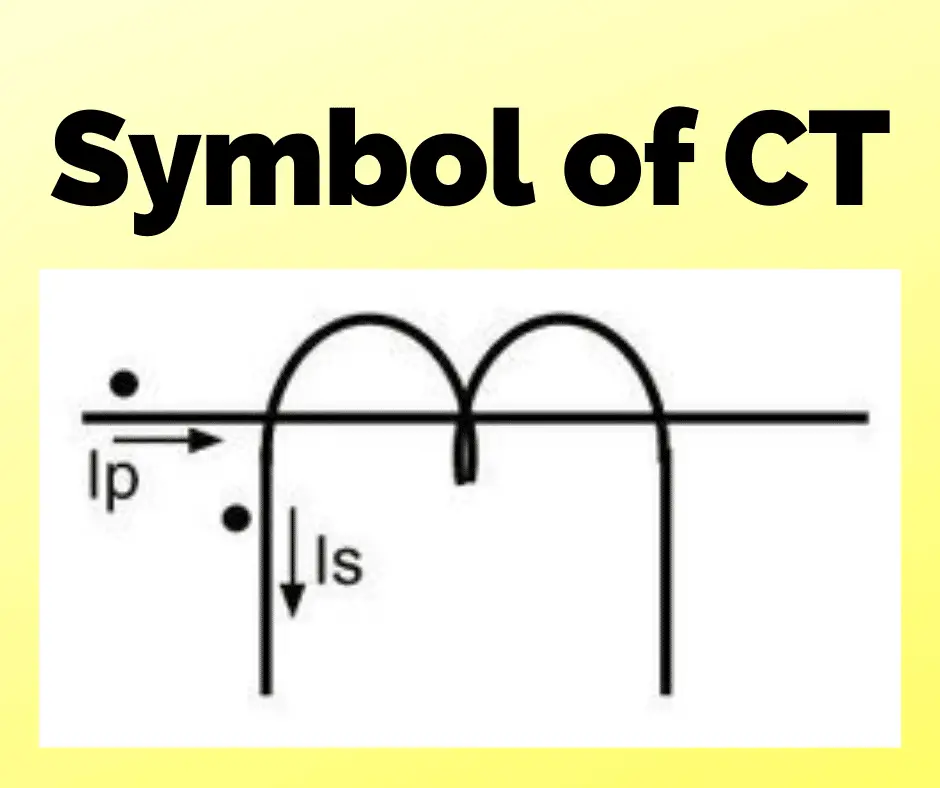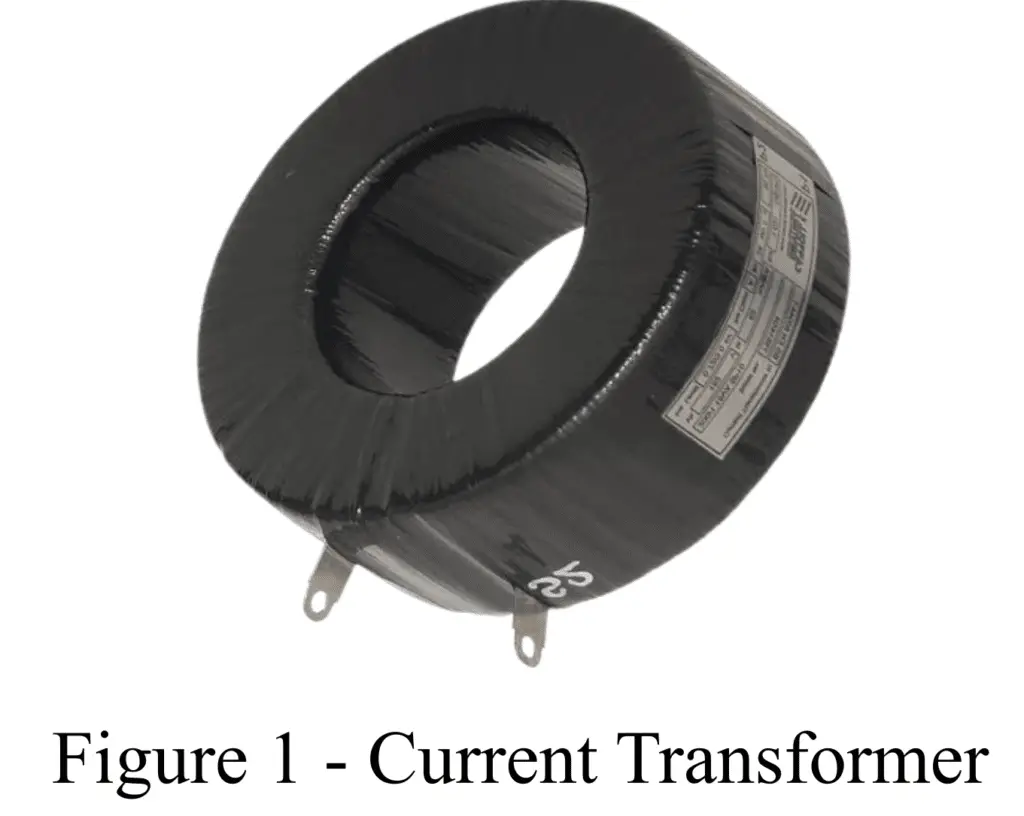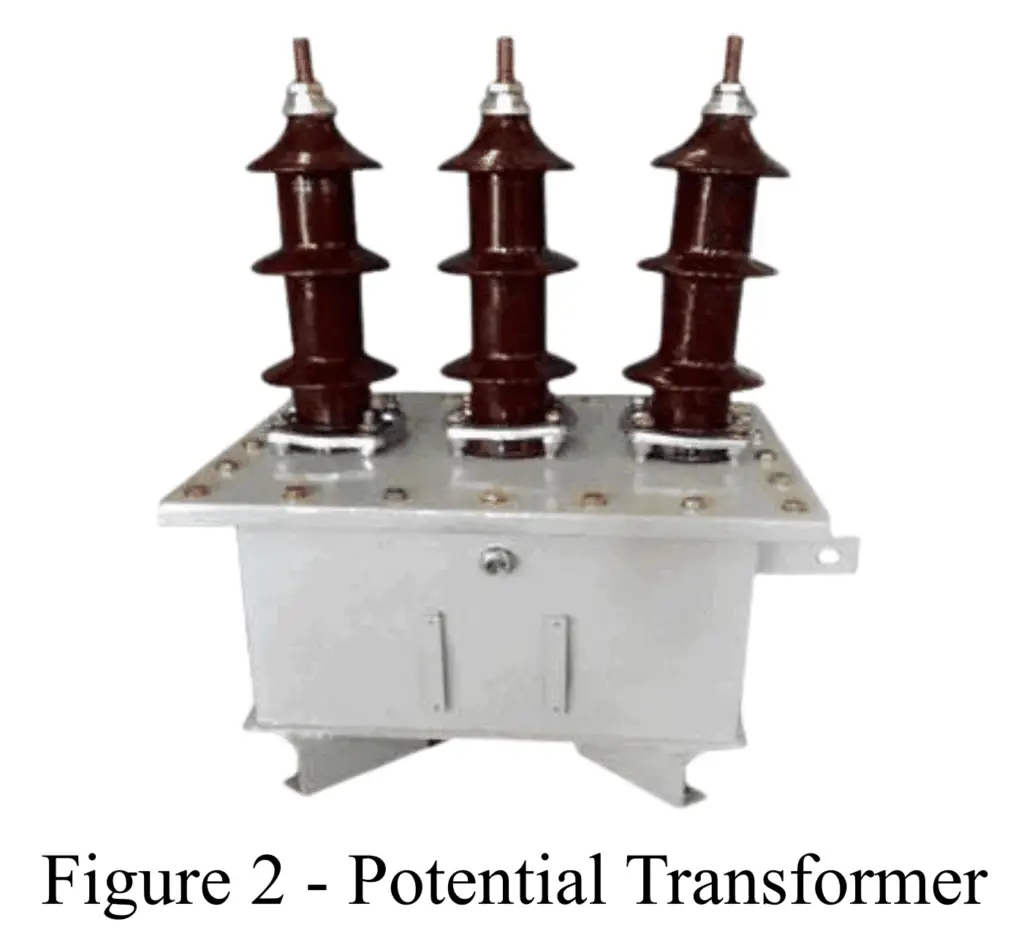One of the major differences between a current transformer and a potential transformer is that the current transformer steps down the high value of current into a low value, whereas the potential transformer steps down high voltages into low voltage. Thus, CT and PT transformer decrease the current and voltage from high to low values.
CT Full form is current transformer, and PT full form is the potential transformer. Let us first discuss what the Current Transformer (CT) and Potential Transformer (PT) are.
The transformer is an electrical device used to either increase (i.e., step up) or decrease (i.e., step down) the electric voltage or current in a circuit. This device plays an important role in ensuring the safety of the electronic components of the circuit by preventing them from getting damaged due to high values of voltage applied across them. The step-up transformer increases the voltage magnitude for transmitting power at long distances. In contrast, a step-down transformer is used to reduce the voltage or current applied across the components of an electric circuit.
Depending on the type of application, there are three types of transformers:
- Instrument Transformer
- Distribution Transformer
- Power Transformer
Depending on the type of electric quantity to be stepped up or stepped down, instrument transformers are broadly classified into two categories as follows,
- Current Transformer (CT)
- Potential Transformer (PT)
What is a Current Transformer (CT)?
A current Transformer is a kind of instrument transformer used for the purpose of converting high magnitudes of current into lower values in order to measure high current with the utmost safety. The Current transformer is comprised of the primary and secondary winding.
The symbol of CT is;

The AC current flowing in the secondary winding of the CT is directly proportional to the current across its primary winding from where it’s measured. The current transformer is also called a “series transformer”, as the primary winding of the transformer is in series with the current flowing across the conducting material. Moreover, the primary winding has a lesser number of turns as compared to the secondary winding of the transformer.

Depending on the type of primary winding, the current transformer is of three types:
- Wound Current Transformer – In this type of transformer, the primary winding is connected in series with the current flowing across the conductor.
- Toroidal Current Transformer – In this type of transformer, the primary winding is absent in the CT. Instead, the current conducting wire is inserted into the transformer directly.
- Bar-Type Current Transformer – In this type of transformer, the primary winding is the main conducting cable of the circuit, which is just one turn one long, completely insulated from the high voltage values.
What is a Potential Transformer (PT)?
A potential transformer is a kind of instrument transformer used for the purpose of converting high voltage values into lower voltage values to help ease measurement and improve the protection of the electronic circuit and its components.

The Potential transformer is comprised of the primary and secondary winding, just like a current transformer. However, in contrast to the current transformer, the primary winding of the potential transformer has a lesser number of turns as compared to its secondary winding based on the ratio of the potential transformer.
The symbol of PT is;

The primary winding of the PT is connected to the power grid from where the voltage has to be measured. The secondary winding of the PT is linked to the voltmeter measuring device to read the voltage obtained at the output.
The PT can be divided into the following two types:
- Wound potential transformer – This type of transformer has its primary and secondary windings wounded to the core of the transformer, provided with appropriate insulation.
- Capacitor voltage potential transformer – This type of transformer has a capacitive divider and auxiliary transformer instead of the primary and secondary windings.
Difference between Current Transformer (CT) and Potential Transformer (PT)
The most important differences between the Current Transformer (CT) and Potential Transformer (PT) are described in the table below –
| Factor | Current Transformer | Potential Transformer |
| Definition | The potential transformer is an instrument measuring device for easing the process of measuring voltage by reducing the voltage values to a lower and safer value. | The potential transformer is an instrument measuring device for easing the process of measuring voltage, by reducing the voltage values to a lower and safer value. |
| full form | CT full form is the current transformer | PT full form is the potential transformer. |
| Purpose | Current transformer helps in the reduction of high magnitudes of current to values that can be safely measured. | Potential transformer helps in the reduction of high magnitudes of voltage to values that can be safely measured. |
| Types | The CT is of three types viz. Wound Current Transformer, Toroidal Current Transformer, and Bar-Type Current Transformer. | The PT is of two types viz. Wound potential transformer Capacitor voltage potential transformer. |
| Stepping down/Stepping up | CT steps up or increases the voltage values while it steps down or reduces the current values in an electronic circuit. | PT steps up or increases the current values while it steps down or reduces the voltage values in an electronic circuit. |
| Number of windings | The current transformer has less number of turns in its primary winding in comparison to its secondary winding. | The potential transformer has a greater number of turns in its secondary winding in comparison to its primary winding. |
| Ratio of transformation | The transformation ratio of a current transformer is considerably high. | The transformation ratio of a potential transformer is considerably low. |
| Closed/open secondary winding | The secondary winding of a CT is never left open while it is functioning, as it could cause severe damage to the transformer. | The secondary winding of a PT could be left open while it is functioning, as it does not affect the performance of the transformer. |
| Material of the core | The core of the CT is made up of laminated silicon steel. | The core of the PT is made of high-quality steel to function at low flux values. |
| Applications | The applications of CT include – the measurement of current of high magnitude and also in the operation of protective devices like relays. | The applications of PT include – the measurement of high voltage values in electrical power grids and power stations. |
Conclusion
It can be concluded from the above discussion that although both current transformer (CT) and potential transformer (PT) are instrumentation transformers, they have some notable differences between them, as listed in the difference table. The most significant difference between CT and PT is that CT operates as a step-up transformer, while PT functions as a step-down transformer. Both these transformers work to ensure the protection of electrical power systems by preventing severe damage to them and easing the task of measuring electrical parameters like voltage and current.
CT and PT are widely used in measurement and protection circuits.
Read Next:
Wonderful website for learning EEE…